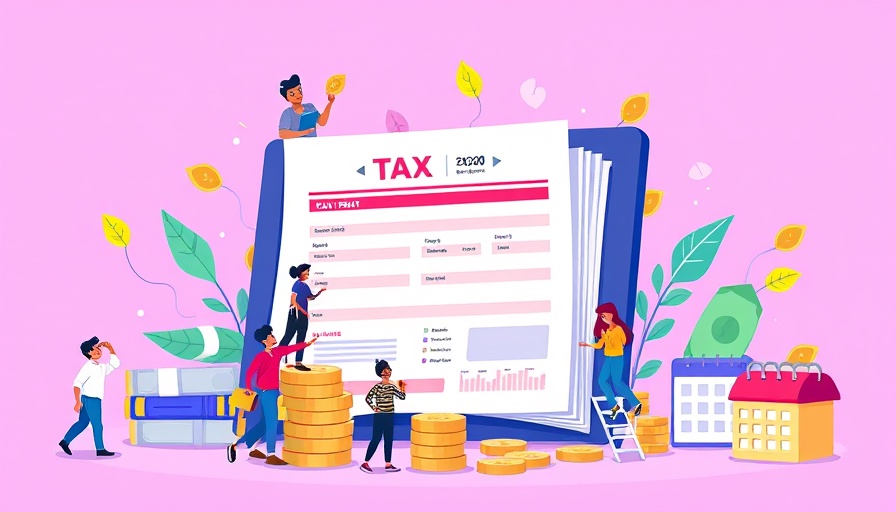
Understanding IRS Form 9465: Your Key to Managing Tax Payments
IRS Form 9465 is essential for anyone facing a tax bill they can't settle immediately. As taxpayers navigate through their financial obligations, this form provides a structured way to request an installment agreement, allowing them to pay off their due taxes over time. However, it's important to note that even with an installment agreement, the IRS will still levy late penalties and interest on unpaid balances.
Who Should Consider Filing Form 9465?
Filing Form 9465 is beneficial for taxpayers who owe amounts they cannot pay in full upon filing their returns. To qualify for automatic approval of an installment agreement, several conditions must be met: the outstanding tax must be less than $10,000, all tax returns must be filed, and the taxpayer must not have entered into any prior agreements in the last five years. It's a systematic approach to managing tax responsibilities, which can relieve significant pressure during tax season.
Exploring Your Payment Plan Options
The IRS offers two primary options for payment plans: a long-term installment agreement for those with debts of $50,000 or less, and a short-term payment plan for debts under $100,000. Understanding which category you fit into is vital for correctly filing Form 9465 and managing your payments effectively.
Step-by-Step Guide to Filling Out Form 9465
Completing Form 9465 can appear daunting with its various sections, but it’s relatively straightforward. The form consists of two main parts, each containing simple, direct questions regarding your tax debt and payment capabilities. You have the option to e-file through popular tax software, which streamlines the process and provides quicker feedback from the IRS. Alternatively, you can print the form, fill it out, and mail it directly to the IRS. Remember to double-check your information and sign the form before submission.
Quick Tips to Ensure a Smooth Submission
To ensure a successful filing, be sure to read the instructions carefully provided by the IRS. If you find any questions on the form confusing, the IRS's official guidance is an excellent resource. Preparing in advance by gathering necessary documents such as previous tax returns can expedite the process and reduce oversight.
Filing Form 9465 not only helps you manage your tax obligations but can also alleviate financial stress. For more personalized assistance in navigating tax payments, consider reaching out to financial advising services. Your path to financial recovery starts with understanding your options.
 Add Row
Add Row  Add
Add 




Write A Comment